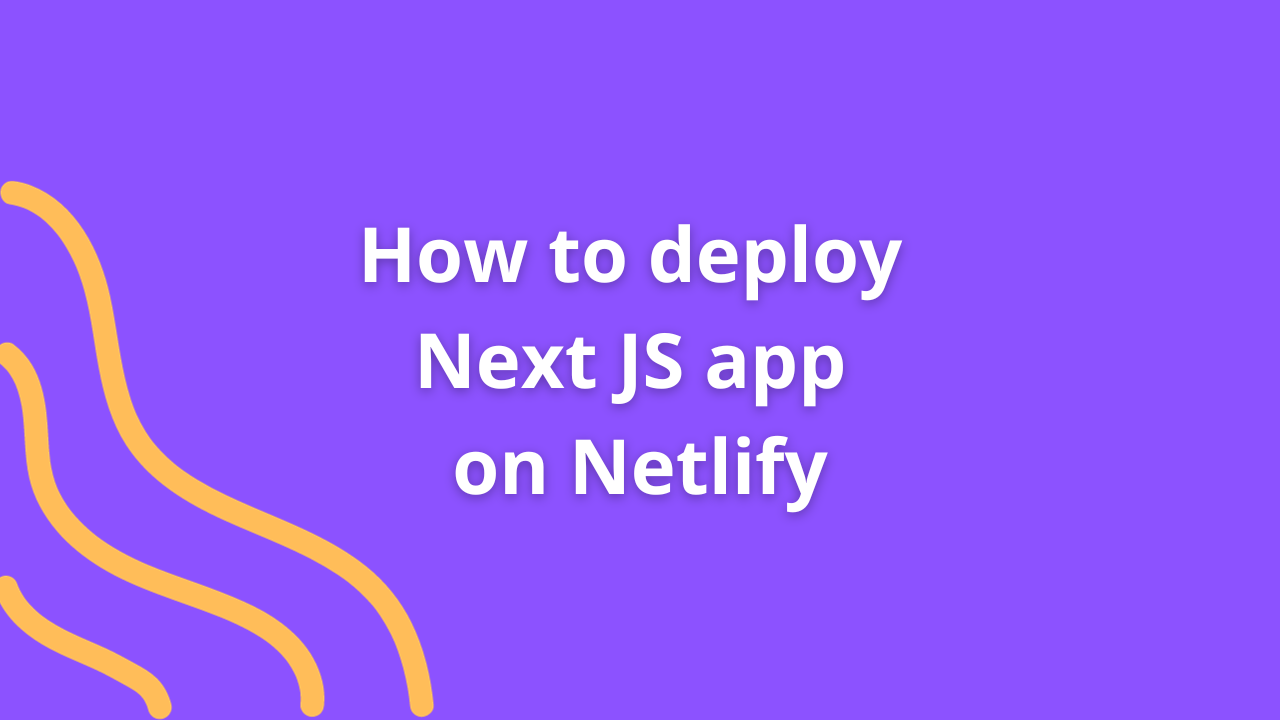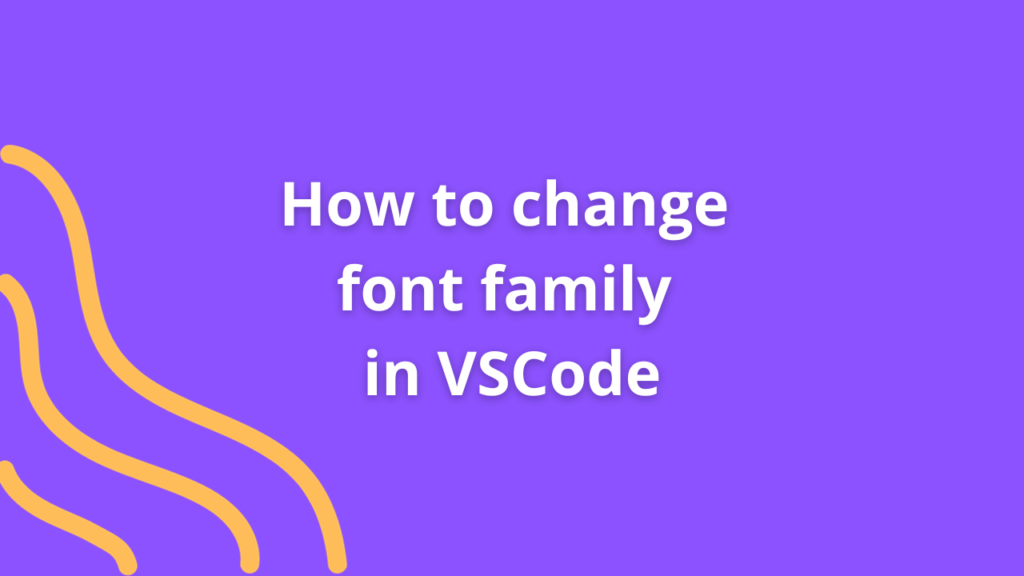How to deploy Next JS app on Netlify

Netlify simplifies the deployment process for Next.js applications, providing an efficient platform to host your dynamic web apps. Follow these steps to seamlessly deploy your Next.js app on Netlify.
Prerequisites
- Netlify Account: Sign up for a Netlify account if you haven’t already.
- Next.js App: Have a Next.js application ready for deployment.
Deployment Steps
1. Push Your Next.js Project to GitHub
- Ensure your Next.js project is hosted on a GitHub repository.
2. Log in to Netlify and Create a New Site
- Log in to your Netlify account dashboard.
- Click “New site from Git” and select your GitHub repository where the Next.js app is stored.
3. Configure Netlify Build Settings
- Once the repository is connected, configure build settings:
- Build Command: Set it to
npm run build. - Publish Directory: Specify it as
outor./outfor Next.js.
4. Environment Variables (if applicable)
- Set environment variables if your Next.js app requires them for different environments (development, production, etc.) through Netlify’s interface.
5. Deploy Your Next.js App
- Click “Deploy” on Netlify’s dashboard to start the deployment process.
6. Monitor Deployment Progress
- Netlify will initiate the build and deployment process automatically.
- Monitor the build logs in Netlify’s dashboard to ensure the deployment completes successfully.
7. Access Your Deployed Next.js App
- Once the deployment process finishes, Netlify provides a unique URL where your Next.js app is live.
8. Custom Domain (Optional)
- If you have a custom domain, configure it in Netlify’s settings for a personalized URL.
Additional Notes
- Continuous Deployment: Netlify supports continuous deployment, automatically updating your app whenever changes are pushed to the connected GitHub repository.
- Functions and Serverless APIs: Leverage Netlify Functions for serverless functionality in your Next.js app.
Conclusion
Deploying a Next.js app on Netlify offers a hassle-free way to host and showcase your dynamic web applications. With its intuitive interface and seamless integration with GitHub repositories, Netlify simplifies the deployment process, allowing you to focus on building and enhancing your Next.js projects.
Experiment with different configurations, monitor deployments, and leverage Netlify’s features to optimize your Next.js app’s performance and functionality.
By following this guide, you can effortlessly deploy your Next.js app on Netlify and share your creations with a global audience.
Happy deploying! 🚀✨











